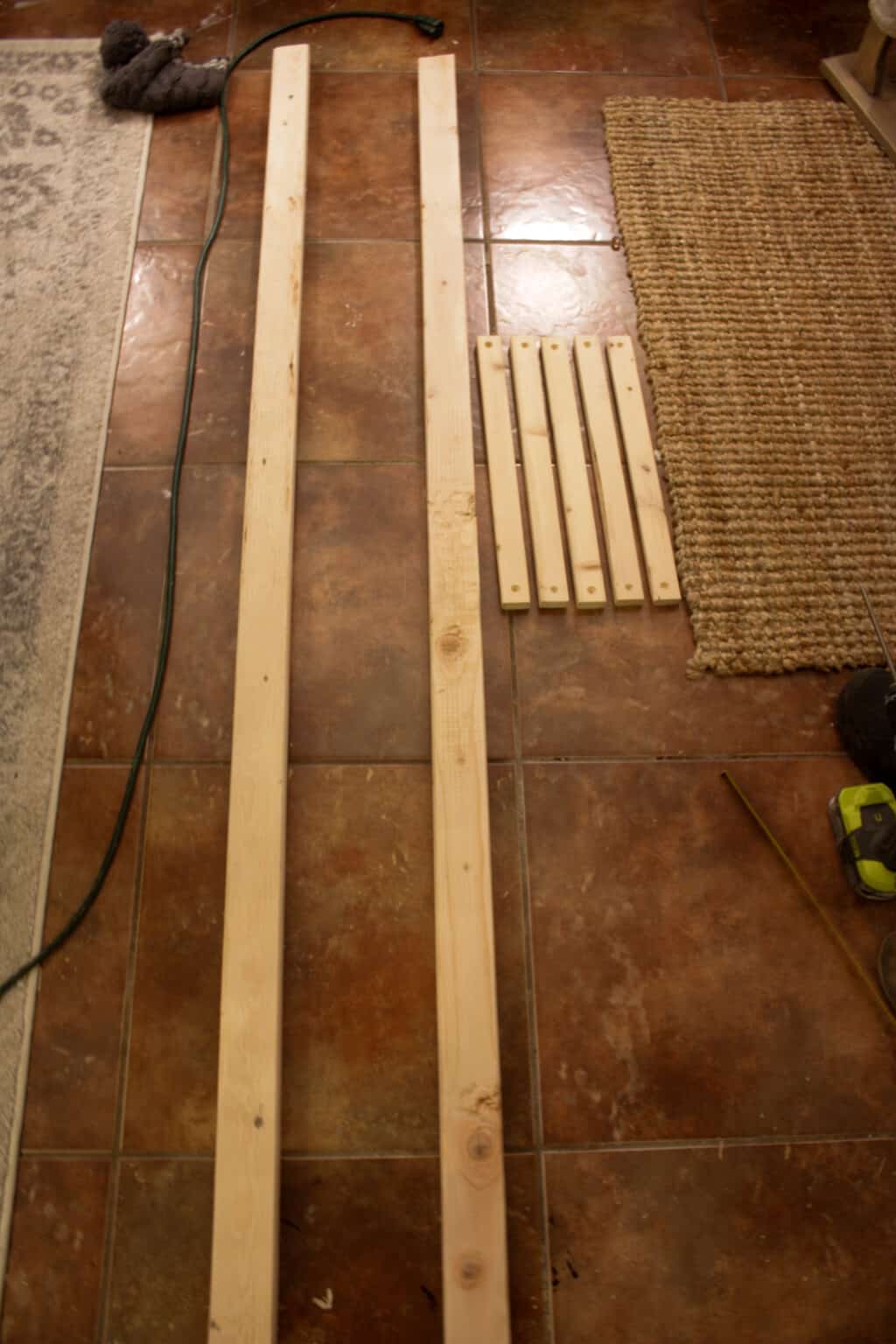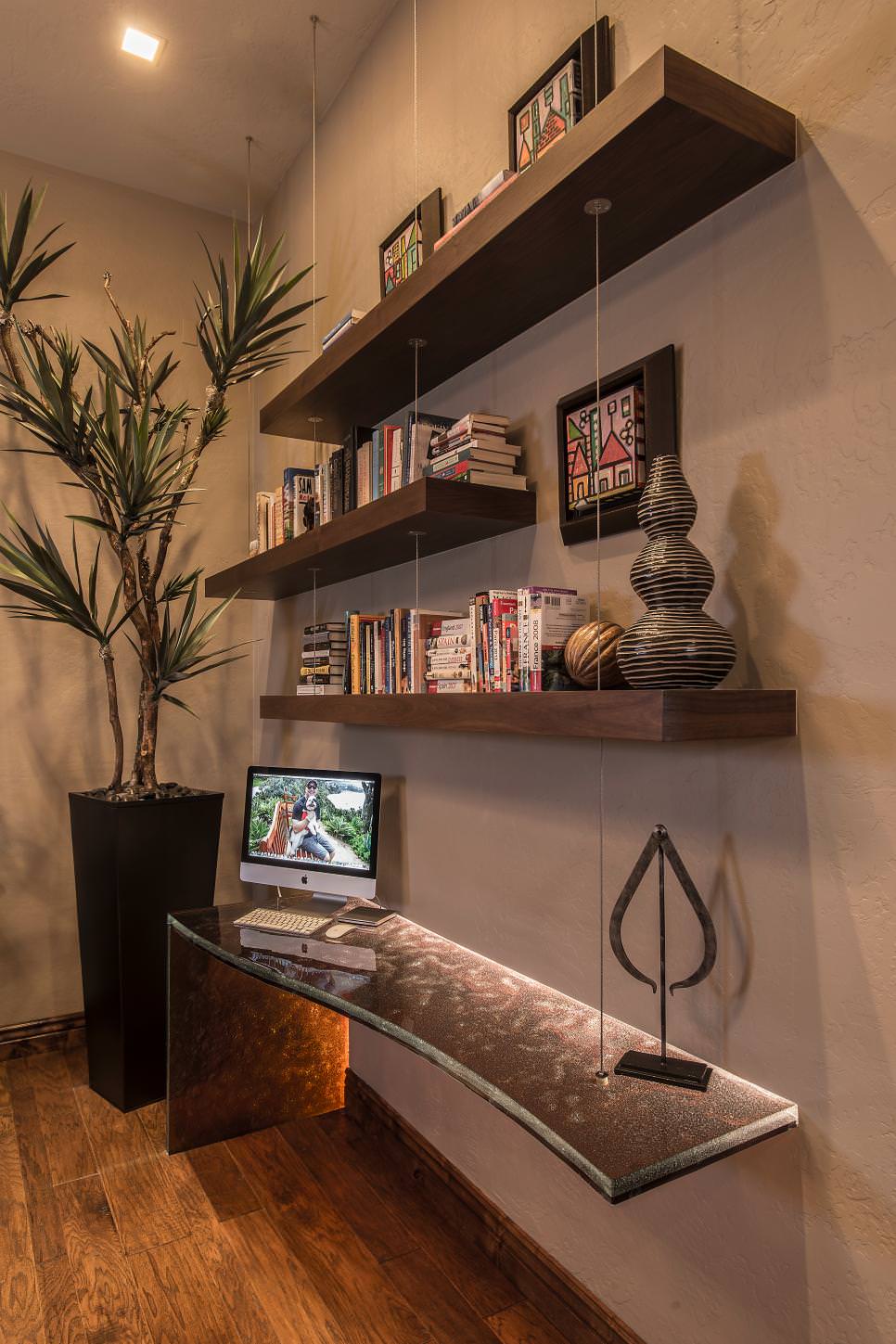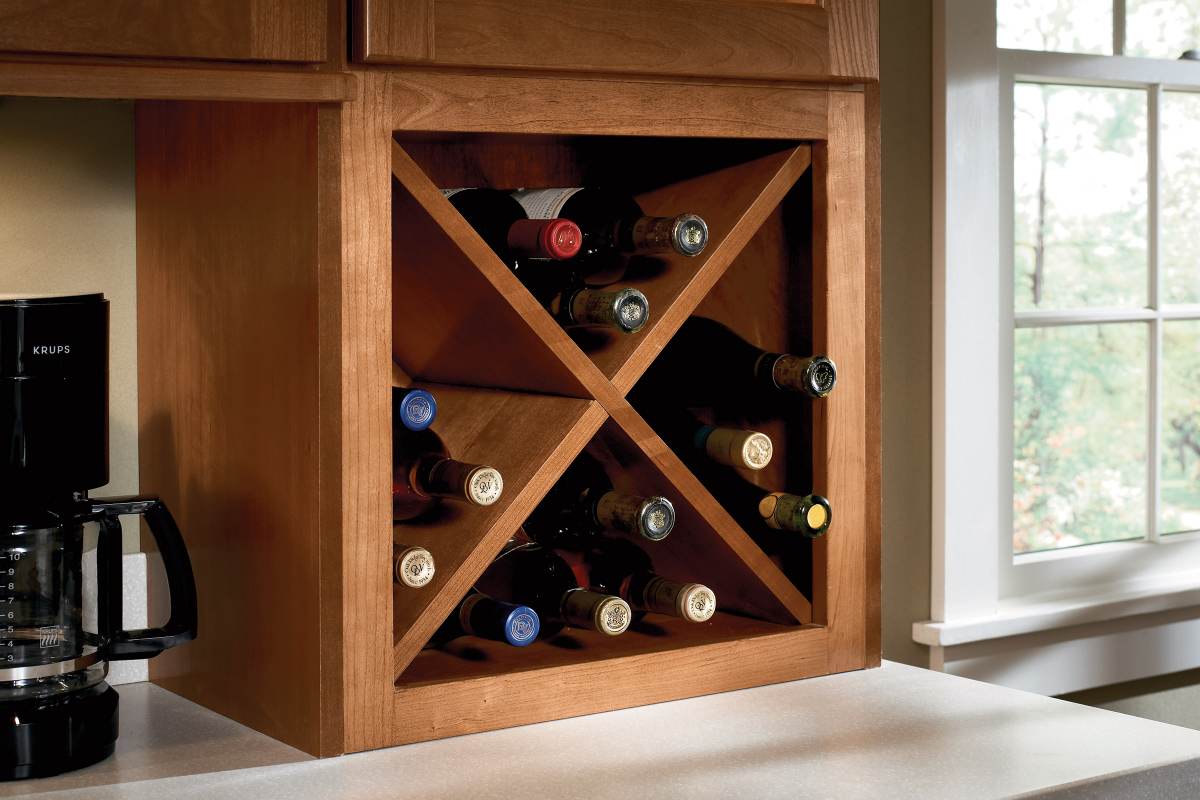
Cozy Up With Style: Build Your Own Wooden Blanket Ladder
Are you tired of your blankets cluttering up your living space? Do you dream of a chic and organized way to store your throw blankets, quilts, and other cozy necessities? Well, say hello to the wooden blanket ladder – the perfect solution for a functional and stylish storage solution that adds a touch of natural elegance to your home.
Forget about those bulky, boring shelves or unsightly storage bins! A wooden blanket ladder offers a charming and practical way to display your favorite blankets while keeping them readily accessible. It's not just about functionality, it's about adding a touch of warmth and personality to your living room, bedroom, or even your porch.
Ready to dive in and explore the world of wooden blanket ladders? Let's uncover the benefits, the different styles, and everything you need to know to choose the perfect ladder for your space!
Why Choose a Wooden Blanket Ladder?
More than just a storage solution, a wooden blanket ladder brings a unique blend of style, functionality, and sustainability to your home.
A Touch of Natural Charm
The warmth and beauty of natural wood bring a touch of rustic elegance to any space. It's a simple yet effective way to add a bit of character and personality to your living room, bedroom, or even your entryway. Think of it as a subtle, yet striking way to elevate the overall aesthetic of your home.
Versatile Styling
Wooden blanket ladders are incredibly versatile! Whether you're going for a farmhouse chic look, a modern minimalist vibe, or a cozy bohemian aesthetic, there's a ladder style that will perfectly complement your decor. You can even personalize it by adding your own touch with paint, stain, or decorative accents.
Functionality Meets Style
Beyond the visual appeal, wooden blanket ladders are incredibly practical. They keep your blankets neatly organized, easily accessible, and off the floor. It's a great way to reduce clutter and create a sense of order in your space. Plus, they're a great way to add some visual interest to your walls.
Eco-Friendly Choice
Choosing a wooden blanket ladder is a way to embrace sustainable living. Wood is a renewable resource, and choosing responsibly sourced wood ensures that you're making an eco-conscious decision. Plus, a well-made wooden ladder will last for years to come, minimizing your environmental impact.
Different Styles to Choose From
Ready to find the perfect ladder for your home? Here are some of the most popular styles:
Classic Ladder Style
The traditional ladder design is a timeless choice that works beautifully in a variety of settings. It typically features a simple, rectangular frame with rungs spaced evenly apart. This style is a great choice for minimalist or traditional decor.
Rustic Ladder Style
For a more rustic and natural look, opt for a ladder with a distressed finish or reclaimed wood. These ladders often feature uneven rungs or a more weathered aesthetic, adding a touch of vintage charm to your space.
Modern Ladder Style
For a more contemporary look, choose a ladder with sleek lines and a minimalist design. Look for ladders made from hardwoods like walnut or oak, often finished with a clear coat or a light stain.
Decorative Ladder Style
Want to add a personal touch? Consider a decorative ladder with unique accents, such as a woven rope or a metal top rail. These ladders often feature intricate details or carvings, adding a touch of artistic flair to your space.
Crafting Your Own Wooden Blanket Ladder
Feeling crafty? You can build your own wooden blanket ladder! It's a fun and rewarding project that allows you to create a truly personalized piece for your home. Plus, you can customize it with your favorite wood species, stain, or paint to perfectly match your decor.
Here are some tips for crafting your own blanket ladder:
Finding the Right Spot For Your Ladder
Once you've chosen your wooden blanket ladder, it's time to find the perfect spot for it. Here are some ideas:
Caring for Your Wooden Blanket Ladder
To keep your wooden blanket ladder looking its best, follow these simple care tips:
Commonly Asked Questions
Can I use a blanket ladder for anything other than blankets?
Absolutely! Blanket ladders are versatile and can be used for a variety of storage purposes. Think of it as a stylish and functional way to organize almost anything!
How much weight can a wooden blanket ladder hold?
The weight capacity of a wooden blanket ladder depends on the materials and construction. Look for ladders made with sturdy wood and strong joints to ensure they can safely hold the weight of your belongings.
Where can I buy a wooden blanket ladder?
You can find wooden blanket ladders at a variety of home decor stores, furniture retailers, and online marketplaces. Many Etsy sellers offer handcrafted ladders, while larger retailers like Target and Walmart also carry affordable options.
Can I customize a wooden blanket ladder?
Yes! Many wooden blanket ladders can be easily customized with paint, stain, or other decorative elements. You can also add your own touch by incorporating unique hardware or by incorporating your own design elements.
Ready to bring a touch of rustic charm and functional storage to your home? Embrace the beauty and versatility of a wooden blanket ladder! It's a practical and stylish way to keep your blankets organized while adding a touch of natural elegance to your space. Happy decorating!











